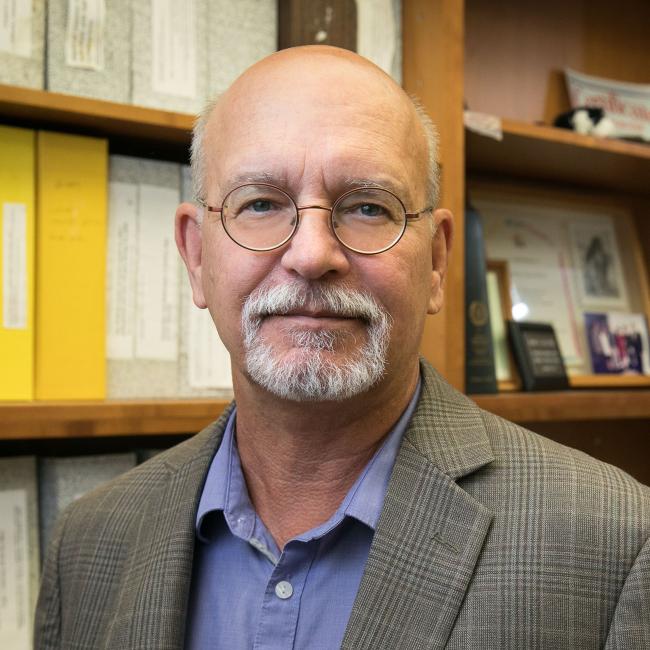UCLA scientists prove that blood stem cells can be engineered to produce t-cells that seek out and attack melanoma
Researchers from UCLA’s stem cell and cancer centers have demonstrated for the first time that blood stem cells can be engineered to create cancer-killing T-cells that seek out and attack a human melanoma. The researchers believe this approach could be useful in 40 percent of Caucasians with this malignancy.
Done in mouse models, the study serves as first proof-of-principle that blood stem cells, which make every cell type found in blood, can be genetically altered in a living organism to create an army of melanoma-fighting T-cells, said Jerome Zack, study senior author and a scientist with Eli and Edythe Broad Center of Regenerative Medicine and Stem Cell Research at UCLA and UCLA’s Jonsson Comprehensive Cancer Center.
“We knew from previous studies that we could generate engineered T-cells, but would they work to fight cancer in a relevant model of human disease, such as melanoma,” said Zack, a professor of medicine and microbiology, immunology, and molecular genetics in Life Sciences. “We found with this study that they do work in a human model to fight cancer, and it’s a pretty exciting finding.”
The study appears Nov. 28, 2011 in the early online edition of the peer-reviewed journal Proceedings of the National Academy of Sciences.
Researchers used a T-cell receptor from a cancer patient cloned by other scientists that seeks out an antigen expressed by this type of melanoma. They then genetically engineered the human blood stem cells by importing genes for the T-cell receptor into the stem cell nucleus using a viral vehicle. The genes integrate with the cell DNA and are permanently incorporated into the blood stem cells, theoretically enabling them to produce melanoma-fighting cells indefinitely and when needed, said Dimitrios N. Vatakis, study first author and an assistant researcher in Zack’s lab.
“The nice thing about this approach is a few engineered stem cells can turn into an army of T-cells that will respond to the presence of this melanoma antigen,” Vatakis said. “These cells can exist in the periphery of the blood and if they detect the melanoma antigen, they can replicate to fight the cancer.”
In the study, the engineered blood stem cells were placed into human thymus tissue that had been implanted in the mice, allowing Zack and his team to study the human immune system reaction to melanoma in a living organism. Over time, about six weeks, the engineered blood stem cells developed into a large population of mature, melanoma-specific T-cells that were able to target the right cancer cells.
The mice were then implanted with two types of melanoma, one that expressed the antigen complex that attracts the engineered T-cells and one tumor that did not. The engineered cells specifically went after the antigen-expressing melanoma, leaving the control tumor alone, Zack said.
The study included nine mice. In four animals, the antigen-expressing melanomas were completely eliminated. In the other five mice, the antigen-expressing melanomas decreased in size, Zack said, an impressive finding.
Response was assessed not only by measuring physical tumor size, but by monitoring the cancer’s metabolic activity using Positron Emission Tomography (PET), which measures how much energy the cancer is “eating” to drive its growth.
“We were very happy to see that four tumors were completely gone and the rest had regressed, both by measuring their size and actually seeing their metabolic activity through PET,” Zack said.
This approach to immune system engineering has intriguing implications, Zack said. T-cells can be engineered to fight disease, but their function is not long-lasting in most cases. More engineered T-cells ultimately are needed to sustain a response. This approach engineers the cells that give rise to the T-cells, so “fresh” cancer-killing cells could be generated when needed, perhaps protecting against cancer recurrence later.
Going forward, the team would like to test this approach in clinical trials. One possible approach would be to engineer both the peripheral T-cells and the blood stem cells that give rise to T-cells. The peripheral T-cells would serve as the front line cancer fighters, while the blood stem cells are creating a second wave of warriors to take up the battle as the front line T-cells are losing function.
Zack said he hopes this engineered immunity approach will translate to other cancers as well, including breast and prostate cancers.
The four-year study was funded in part by the National Institutes of Health, the California Institute for Regenerative Medicine, the Caltech-UCLA Joint Center for Translational Medicine, UCLA Center for AIDS Research and the UCLA AIDS Institute.
